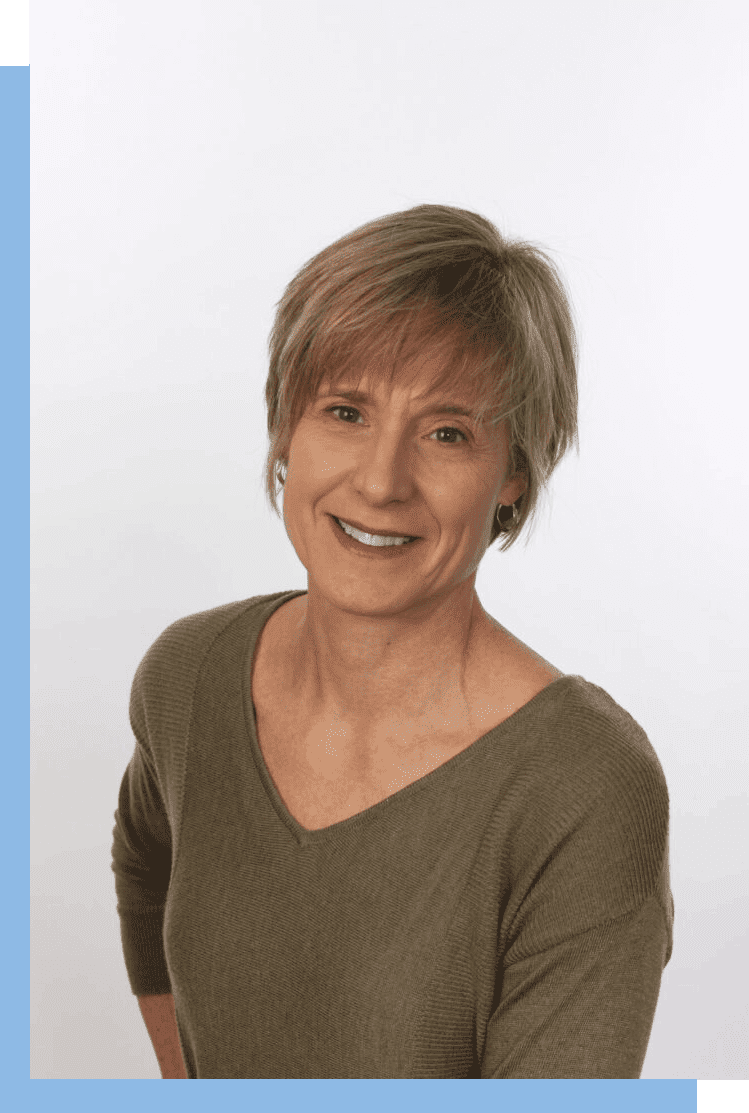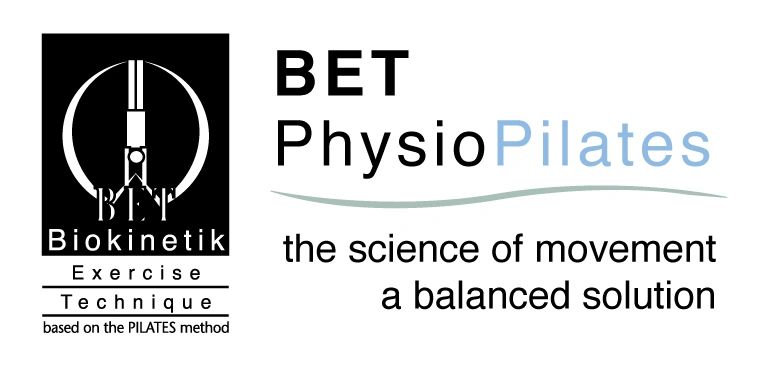
Meet Rochenda Howard
Clinicians:
Ms. Rochenda Howard; B.A.(P.E.); B.Sc.(P.T.); M.Sc.
Ms. Howard practised physiotherapy in orthopaedic and neurological settings in Canada and briefly in New Zealand and Australia before moving to Hong Kong in 1993.
Since 1993, Rochenda has focused exclusively on the development of a Pilates–based Physiotherapy treatment system. In Hong Kong, Rochenda had the privilege to work extensively with Julia Ellis (RBS (TTC), FISTD, ARAD), a gifted ballet teacher, choreographer, and Pilates ‘guru’ and together they founded the region's first Pilates exercise centre and the first Pilates - based Physiotherapy clinic. In 2012, Rochenda returned to her native Toronto and established a Physiotherapy clinic offering exclusively their BET PhysioPilates approach.
Rochenda’s passion for a ‘PhysioPilates’ approach stems from a special interest in muscle function and motor learning and in how biomechanical and muscle/movement imbalances contribute to painful conditions. This led to the completion of a research-based master's degree in Rehabilitation Therapy: Motor Performance. In 2006, Rochenda published the first rigorously designed, peer-reviewed research study on a Pilates-based treatment (for low back pain).
https://www.jospt.org/doi/10.2519/jospt.2006.2144
This paper won the 2006 JOSPT Excellence in Research Award. https://www.jospt.org/doi/10.2519/jospt.2007.0103
Rochenda is a passionate educator, having co-developed with Julia Ellis the BET PhysioPilates system and supporting training curriculum, and she has been actively teaching this system to physiotherapists and healthcare professionals internationally since 1997. Rochenda currently collaborates on education with her close colleague Susan Ting in Vancouver.
In her free time, Rochenda enjoys competitive swimming, active outdoor activities, running, cycling, travel, spending time with her daughters, and a good expresso.
Our Background / History : Pilates and Rehabilitation
BET PhysioPilates has its roots in another world!
It began in the early 1990s in Hong Kong with a meeting of the minds (and muscles) of a Canadian physiotherapist and a British ballet teacher/ choreographer / Pilates instructor. Rochenda (physiotherapist) met Julia (ballet dancer) in a Physiotherapy clinic where Julia had set up a Pilates exercise studio to work with professional dancers, and Rochenda had come to work as a physiotherapist.
Julia, like most experienced dance teachers, was frustrated with the difficulty her injured dancers were experiencing when executing many of the movements utilised with Pilates dance training. Rochenda, like many experienced Physiotherapists, was frustrated with a gap in rehabilitation services that effectively assured a percentage of clients’ problems would recur following completion of treatment!
Julia’s dancers had pain, so they couldn’t move efficiently, and Rochenda’s patients couldn’t move efficiently, so they had ongoing pain – but how to change this?
Thus, a many-year commitment to ‘filling the gap’ was born - bringing the evidence and the exercise from both the Physiotherapy and the Dance worlds together and developing into a modified Pilates-based system – with the objective to keep people moving, both dancers and…. the rest of us!
BET PhysioPilates:
BET PhysioPilates system is a progressive, systematic therapeutic exercise system adapted from traditional Pilates.
‘Bio’ means human, and ‘Kinetic’ means movement – thus, The BiokinetikExercise Technique / BET Pilates is designed to train movement and utilises exercises on the mat and the Pilates apparatus, the Reformer, the Trapeze Table, and the Chair.
While the BET system has developed from the Pilates Method, its concepts, approach, and exercise selection have been significantly modified to embrace contemporary theoretical knowledge and scientific evidence in rehabilitation.
In the BET approach, the deeper muscles of what Mr. Pilates referred to as ‘the centre’ (sometimes confused with “the core”) are incorporated progressively and systematically into controlled movement patterns utilising the Pilates apparatus. The resistance provided by the apparatus and cueing from the physiotherapist help guide muscle control in stabilising and balancing the spine to enhance movement control. Emphasis is on establishing spinal alignment, stability of the trunk, good posture, and balanced, coordinated muscle activity.
The BET system helps to improve posture, performance, and wellbeing.
Joseph Pilates
‘Pilates’ refers to an exercise technique first established by Joseph H. Pilates in the early 1900’s. Mr. Pilates studied both Eastern and Western exercise training disciplines and conceptualised his approach to exercise while being held in a British internment camp during WW1. Pilates believed in the promotion of both physical and mental harmony through exercise. This concept was first incorporated into a series of mat exercises and later adapted for wartime bedridden patients by utilising a simple sling and spring system. His philosophy stressed “mind-body” awareness and the development of a girdle of strength in the body’s ‘centre’. Dancers and elite athletes in their quest to perfect posture, technique, and movement, first embraced such a focus.
History of Mr. Joseph. H. Pilates
Joseph Pilates was born in 1880 near Dusseldorf, Germany, and died in 1967 at 87 years of age. He was a frail and sickly child who became an all-round athlete excelling in body building, diving, skiing, and gymnastics. In 1912, he went to England to become a professional boxer and circus performer and taught self-defence courses to the police force.
During WW1, Pilates was interned with other German nationals in the United Kingdom. During this time, Pilates developed a series of floor exercises that he taught to fellow internees. He was proud to note that none of these inmates developed the influenza that was endemic in the country in 1918. Pilates later moved to the Isle of Man, where he worked as an orderly in the hospital for the wounded. Pilates started experimenting with his concepts by attaching springs to hospital bed frames. This rudimentary equipment formed the base design for the Pilates reformer and the Trapeze table that he later refined and which continues to be used in much the same way today. It is important to note that exercising when injured or bedridden was not conventional at the time, and the benefits of movement when injured were not understood.
During his career, Pilates had the opportunity to work with and incorporate ideas from F.M. Alexander, the founder of the Alexander Technique, and from leading dance teachers George Balanchine (classical dance) and Martha Graham (modern dance). He is also thought to have studied yoga and Chinese exercise methods.
After the war, Pilates emigrated to New York, USA. In 1926, Pilates founded a studio with his wife, Clara, and established a loyal following in the professional dance community there. His work subsequently spread to dance communities throughout America and later England and Europe. More recently, the ‘Pilates Method’ has been discovered by a wider audience, including elite athletes, performing artists, fitness professionals, and general fitness enthusiasts, and most recently by physiotherapists and other medical professionals. Today, Pilates exercise is offered worldwide in some form, more commonly in the format of floor exercise classes. Training on the Pilates apparatus in a dedicated Pilates studio is available but not as widely.
